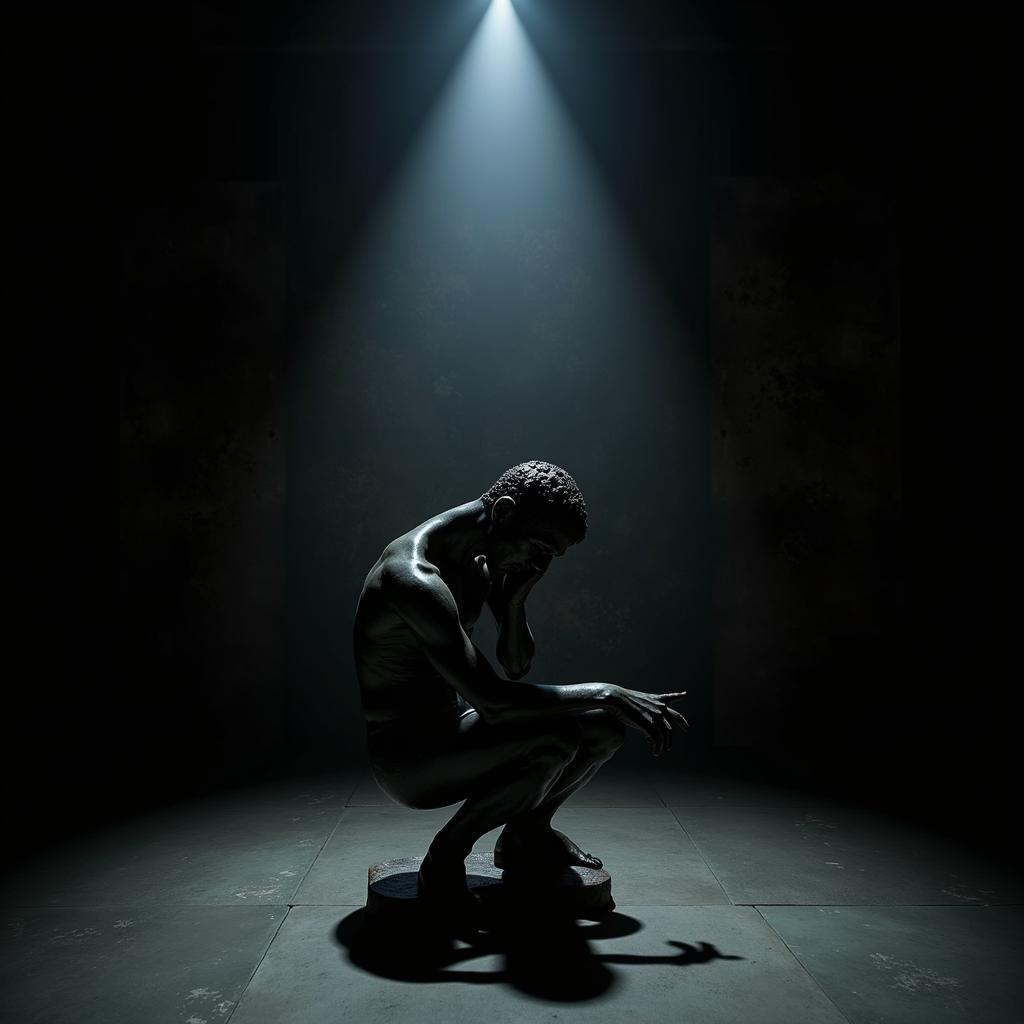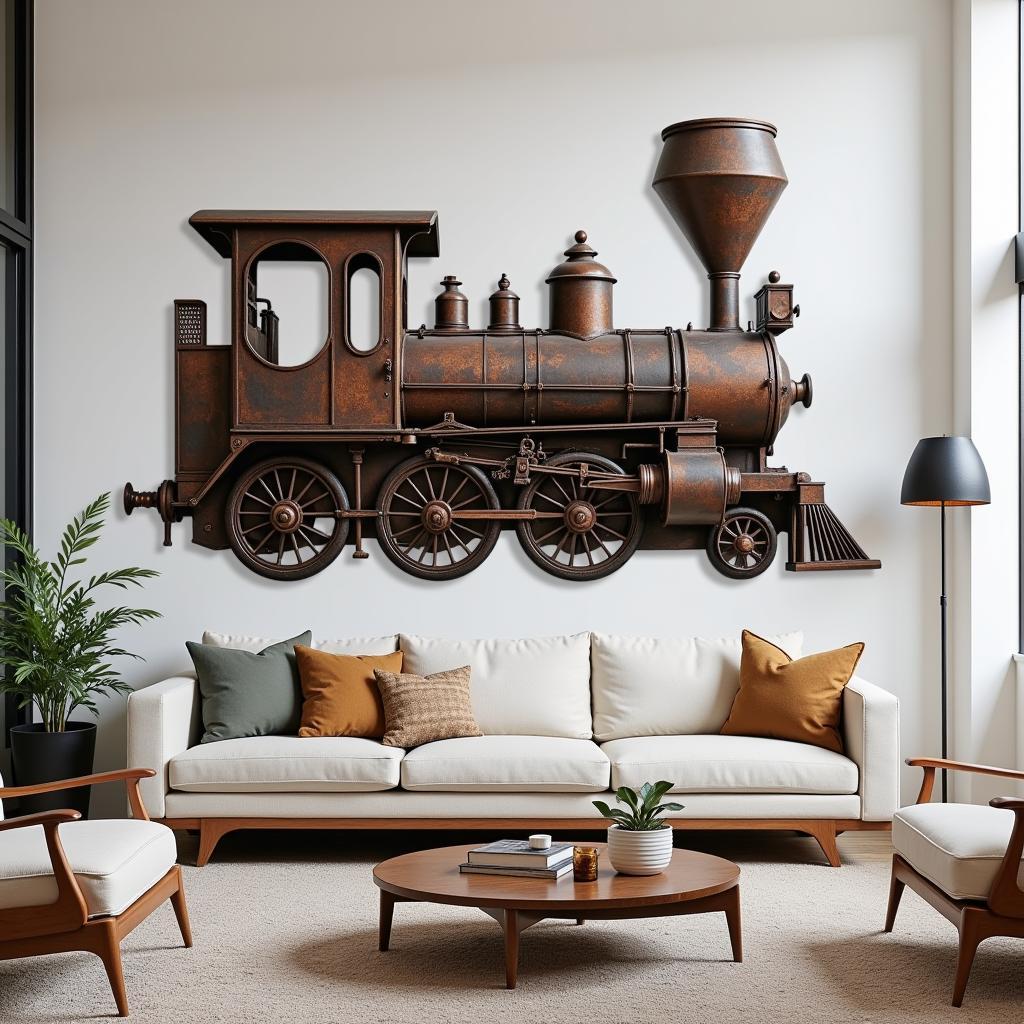Exploring the Diverse World of Fiber Art Types
Fiber art encompasses a rich tapestry of artistic expressions, using textiles as the primary medium. From traditional weaving and knitting to contemporary installations and mixed media, the world of fiber art offers a diverse range of techniques and styles. This article delves into the various Types Of Fiber Art, exploring their unique characteristics and creative possibilities.
Unraveling the Many Forms of Fiber Art
Fiber art is more than just crafting; it’s a powerful medium for storytelling, social commentary, and personal expression. The beauty of fiber art lies in its versatility. It can be functional, decorative, or purely conceptual, pushing the boundaries of traditional art forms. Let’s explore some of the most prominent types of fiber art.
Weaving: A Timeless Tradition
Weaving, one of the oldest forms of textile art, involves interlacing threads or yarns to create cloth. From simple plain weave to complex tapestry techniques, weaving offers endless creative possibilities. Think of the intricate patterns of Navajo rugs or the vibrant colors of Kente cloth – these are testaments to the artistic power of weaving. What distinguishes weaving is its structured approach, often using a loom to achieve precise and intricate designs.
Knitting and Crochet: Looping into Creativity
Knitting and crochet are both loop-based techniques, but they differ in their tools and methods. Knitting uses two needles to create interlocking loops, while crochet utilizes a single hook. Both techniques are incredibly versatile, allowing for the creation of everything from cozy sweaters and blankets to intricate lacework and even sculptural forms. These crafts, often passed down through generations, represent a tangible connection to history and tradition. What makes knitting and crochet so appealing is their portability and the meditative rhythm of creating loop after loop.
Embroidery and Needlepoint: Adding Detail and Dimension
Embroidery and needlepoint are surface embellishment techniques that add intricate details to fabric. Embroidery uses a variety of stitches to create designs, while needlepoint typically employs a gridded canvas and yarn. Both methods allow for stunningly detailed imagery, from delicate floral motifs to bold geometric patterns. These techniques offer a way to transform simple fabric into personalized works of art.
Think of a beautifully embroidered tablecloth or a meticulously crafted needlepoint pillow – these are examples of how embroidery and needlepoint can elevate everyday objects into treasured possessions. Looking for inspiration? Check out resources on arts and crafts fabric.
Quilting: Stitching Stories Together
Quilting involves layering fabrics and stitching them together to create a padded textile. From traditional patchwork designs to modern art quilts, quilting is a versatile art form that combines functionality with aesthetic appeal. Quilts often tell stories, preserving family histories and cultural traditions. You might enjoy browsing some striking art quilts images.
Macrame: Knotting into Art
Macrame is the art of knotting cords or strings to create decorative or functional items. From wall hangings and plant hangers to jewelry and clothing, macrame has experienced a resurgence in popularity. Its intricate knotting patterns and bohemian aesthetic make it a unique and expressive form of fiber art. This art form offers a tangible way to connect with the meditative practice of knotting. Consider begonia yarn art for unique inspiration.
Exploring Other Fiber Art Forms
Beyond these core techniques, the world of fiber art encompasses a vast array of other methods and expressions, including:
- Felting: Creating textiles by matting, condensing, and pressing fibers together.
- Basketry: Weaving or sewing pliable materials into baskets or other three-dimensional forms.
- Tapestry: A form of weaving that creates pictorial designs.
- Lacemaking: Creating delicate and intricate fabric from thread or yarn.
Have you ever admired beautiful arts & crafts rugs? These are prime examples of the artistry and skill that can be achieved within fiber art.
“Fiber art is a conversation between the artist and the material,” says renowned fiber artist, Anya Petrova. “It’s about understanding the nuances of texture, color, and form, and allowing the material to guide the creative process.”
Conclusion: Embracing the World of Fiber Art
From the intricate weaves of a tapestry to the simple knots of a macrame piece, fiber art offers a diverse and engaging world of creative expression. Exploring the various types of fiber art opens up a world of possibilities for both artists and enthusiasts. By understanding the unique characteristics and techniques of each form, we can appreciate the artistry and craftsmanship that goes into creating these beautiful and often functional works of art.
FAQ
-
What are the basic types of fiber art?
Weaving, knitting, crochet, embroidery, quilting, and macrame are considered basic fiber art forms. -
What is the difference between knitting and crochet?
Knitting uses two needles to create interlocking loops, while crochet uses a single hook. -
What are some examples of modern fiber art?
Modern fiber art can include installations, sculptures, and mixed media pieces that incorporate fiber materials. -
What tools are needed for fiber art?
The tools needed vary depending on the specific type of fiber art, but common tools include needles, hooks, looms, and scissors. -
Where can I learn more about fiber art?
Many online resources, workshops, and books are available to help you learn more about fiber art. You could attend arts and crafts show des moines iowa.
Common Fiber Art Questions
How do I choose the right fiber art technique for me? Consider your interests and skill level. Start with a simple technique like knitting or crochet before moving on to more complex forms.
What are some good resources for learning fiber art? Check out online tutorials, local craft stores, and community centers for classes and workshops.
Further Exploration
If you are curious to learn more about various art forms, you can find additional resources and articles on our website. Are you interested in the historical context of different art movements? Or perhaps you are looking for inspiration for your own creative projects?
For any assistance, please contact us at Phone: 02462573573, Email: [email protected] Or visit us at Savico Megamall, 7-9 Đ. Nguyễn Văn Linh, Gia Thụy, Long Biên, Hà Nội 10000, Việt Nam. We have a 24/7 customer support team.



